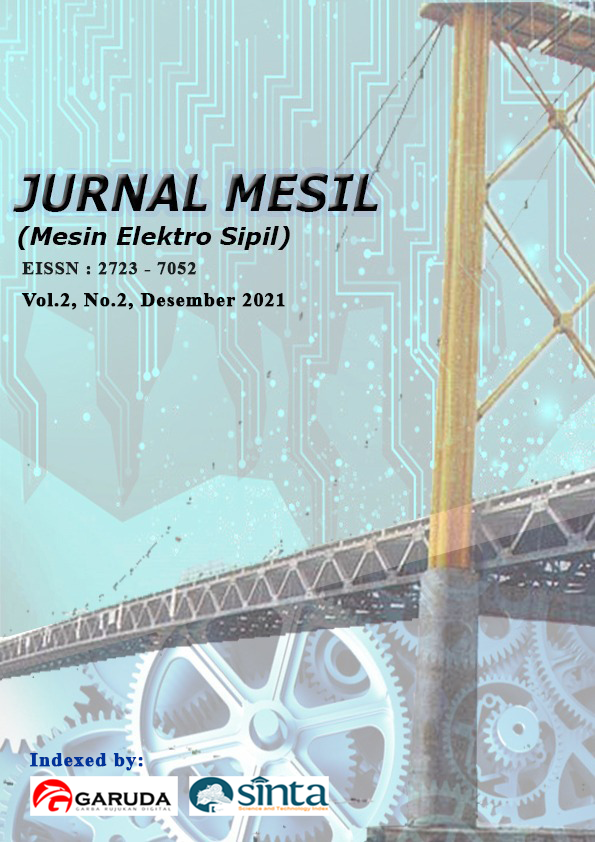Analisis Pengaruh Mekanisme Katub Terhadap Daya Pada Motor Bakar 4 Tak Dengan Bahan Bakar Bensin Mesin 1500 CC
DOI:
https://doi.org/10.53695/jm.v2i2.556Abstract
The increasing need for fuel and the increasingly soaring prices have resulted in many automotive manufacturers creating vehicles that consume more fuel efficiently with ideal engine performance. Torque and power are measures that describe the performance output of an internal combustion motor. These two parameters describe two different performance elements, depending on the use of the vehicle. The selection factor for the type of valve mechanism is based on its technological capability in activating engine power, increasing engine efficiency, reducing exhaust emissions, effectiveness and efficiency in reducing fuel consumption. Focusing on reducing fuel consumption, the most important thing is how there is a good system for engine control, on the engine itself, assistive devices and a good overall transmission system, so one of the valve mechanisms that promises to improve fuel efficiency is effective. Also improvements to exhaust emissions are the CVTC (Continuously Variable Timing Control) valve mechanism. The purpose of this study was to determine the effectiveness of the CVTC valve mechanism on engine power. CVTC has the ability to effectively control the intake camshaft to provide the most optimal valve timing for engine conditions, improve torque at all speed levels, and save fuel.Downloads
References
K. A. R. Campuran, P. Dengan, E. Dan, K. Etanol, M. Bensin, and U. Kerja, “ANALISIS PERFORMA MESIN MOBIL NISSAN GRAND LIVINA 1500 CC BERBAHAN BA-,” pp. 9–13, 2013.
H. R. Engine, “Advanced technology takes the next generation of Nissan ’ s world-renowned VQ engine to new pinnacles of high-rev performance Major technologies.”
Z. Lou and G. Zhu, “Review of advancement in variable valve actuation of internal combustion engines,” Appl. Sci., vol. 10, no. 4, 2020, doi: 10.3390/app10041216.
himsar ambarita. tulus b hotlan m, “Studi Kinerja Mesin Otto Menggunakan Bahan Bakar,” Stud. Kinerja Mesin Otto Menggunakan Bahan Bakar Bensin Dan Etanol, vol. 4, no. 4, pp. 251–264, 2013.
J. B. Heywood, Internal Combustion Engine Fundamentals. N. York: McGraw-Hill. 1988.
L. Mianzo and H. Peng, “Modeling and control of a variable valve timing engine,” Proc. Am. Control Conf., vol. 1, no. June, pp. 554–558, 2000, doi: 10.1109/ACC.2000.878961.
M. Nagano, S. Watanabe, Y. Sukegawa, and K. Amou, “Port-injection Engine-control System for Environmental Protection,” pp. 200–204, 2004.
Arends BPM., dan Berenschot, H. Motor Bensin. Jakarta: Erlangga, 1992.
Philip Kristanto, Motor Bakar Torak, Teori Aplikasi. Yogyakarta: ANDI, 2015
Downloads
Published
How to Cite
Issue
Section
License
This is an open-access journal. All works published under Creative Commons license CC-BY-SA which mean that all content is freely available at no charge to the user or his/her Institution. User are allowed to read, download, copy, write, improve, and create derivative creation even for other lawful purposes, this license permits anyone to, as long as they cite and license the derivative creation under similar terms

Jurnal Mesil (Mesin Elektro Sipil) is licensed under a Creative Commons Attribution-ShareAlike 4.0 International License.



